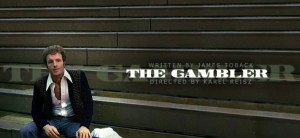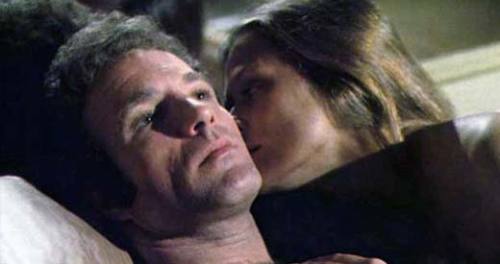From Monthly Film Bulletin, March 1975 (Vol. 42, No. 494). — J.R.
Gambler, The
U.S.A., 1974
Director: Karel Reisz
The limitations and pretensions of James Toback’s script for The Gambler are so formidable that it is difficult to conceive of any director redeeming or transcending them. A Q.E.D. (indeed, virtually ABC) demonstration of a masochist’s steady progress to self-obliteration, peppered with ‘significant’ flashbacks and literary quotes, it involves gambling no more and no less than The Conversation involves tape recording — which is to say, incidentally rather than substantively. By the end of the first reel or so, it is already painfully clear that Axel Freed (James Caan) is more interested in losing than winning, and from that point onward narrative interest is increasingly diffused by a clinical spelling out of his condition which has all the earmarks of a stacked deck. The problem is not so much a surfeit of psychological analysis — the script offers hints, not explicit causes explaining Axel’s condition — as too little to account for his behavior naturalistically, and too much to permit any sustained acceptance of the character on an allegorical or mythical level. Unlike the abnormal, high-strung and death-defying auto racer played by James Caan in Hawks’ Red Line 7000, there is nothing in Axel that suggests hidden depths; indeed, despite Caan’s consistent professionalism, the actor appears to be as uninterested in his character as Axel seems to be in himself. Unless one can accept his ersatz literature course as being substantially better than Glenn Ford’s disquisition on ” Jack and the Beanstalk” in Blackboard Jungle, he is a figure without any heroic or anti-heroic resonance, and something of a bore to boot. The planting of Billie [Lauren Hutton]’s speech in Las Vegas about her former lover getting slashed after foolishly gambling away all his money is so precisely matched by Axel’s scar in the closing shot that the intervention of any independent intelligence — Axel’s, Caan’s, Karel Reisz’s, the spectator’s — is made to seem totally superfluous to the author’s purposes (although Reisz doesn’t help matters much by underlining such points when they are already italicized). That much said, it is worth noting that some of the actors do what they can to enliven the relatively marginal parts of the narrative: Burt Young as Carmine, the loan shark hood, describes a parabola from homely amiability to casual brutality that is truly terrifying, and Morris Carnovsky makes the most of scenes that oblige him to embody a Jewish Don Corleone; Lauren Hutton is less lusky with a part that was stereotyped long before she was born.
JONATHAN ROSENBAUM



